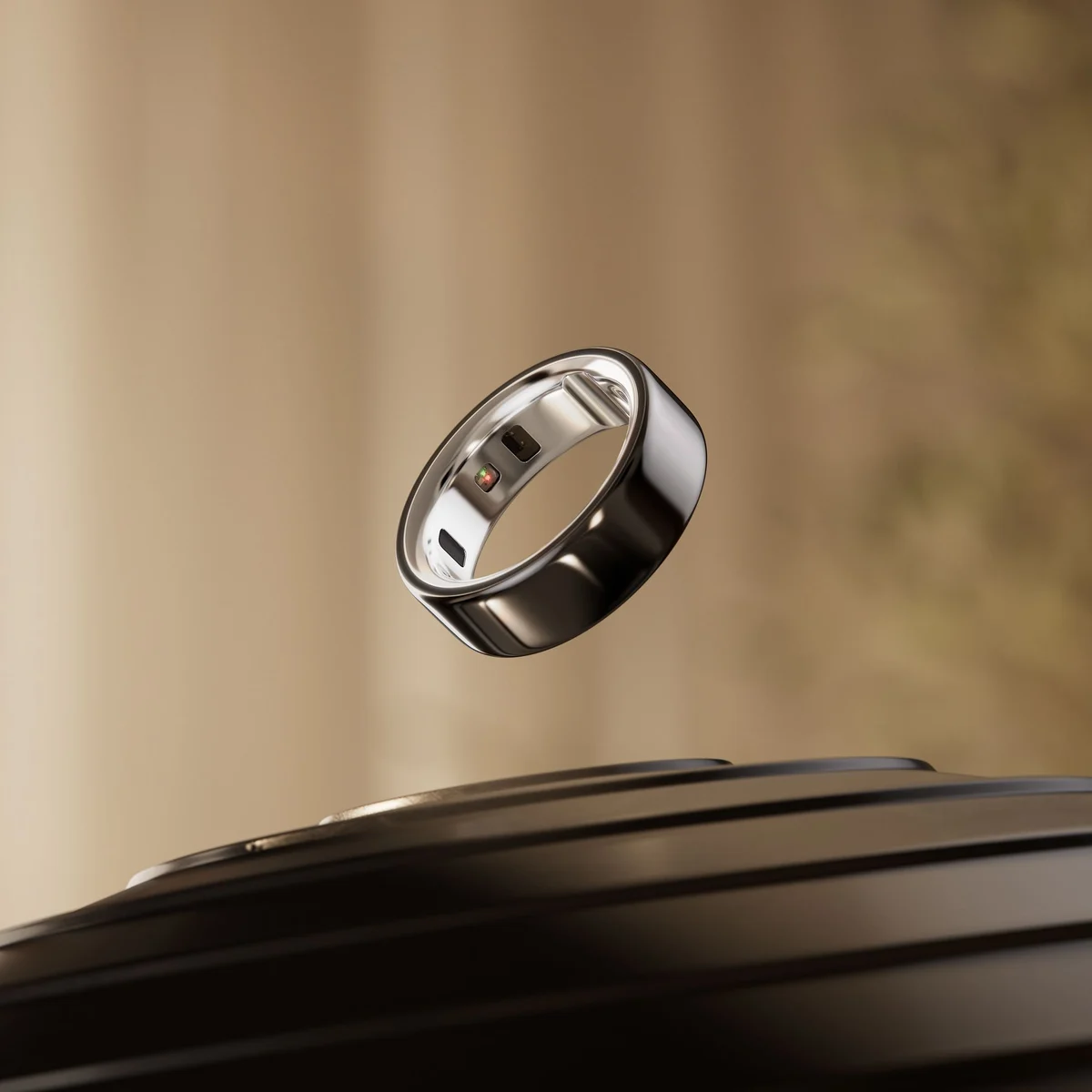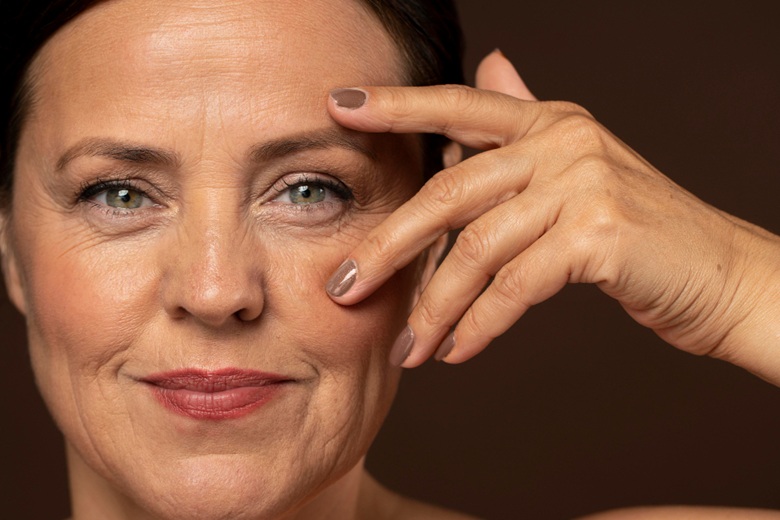Copyright standard

Picture the scene: breakfast time in a hectic family kitchen, with homework, work emails and chatter. A monitor sits discreetly on a counter, showing not only the weather and family calendar, but everybody’s health stats. One child might be about to come down with a cold; another needs an early night after too-little REM sleep. Someone else needs motivation to exercise after a sedentary day, while another, newly diagnosed with pre-diabetes, receives AI nutritional coaching over a bowl of porridge. It sounds futuristic, but it may not be far off for fans of Oura — the Finnish company behind the health- and sleep-tracking ring worn by more than 5.5 million people, including Gwyneth Paltrow and Jennifer Aniston. Oura’s chief executive, Tom Hale, believes that, thanks to the firm’s vast bank of biometric data, the ring’s predictive power could soon transform healthcare itself. “Medicine has been trying to get people to change their behaviour for 100 years,” he says over a mint tea at 180 Strand. “We know what to do. The problem is getting people to do it.” Oura’s mission now is to become a hi-tech preventative care tool — moving away from solely being perceived as a sleep tracker. And thanks to $900 million (£675 million) of funding announced two weeks ago, which took the company’s valuation to $11 billion (£8.3billion), it is in an even better position to get there. A big leap towards preventative healthcare came in March with the launch of an AI “adviser”: a conversational health companion trained on each wearer’s biometric data. Acting as a personal coach, it analyses everything from sleep and stress to diet. Hale demonstrates by photographing a cookie beside his mint tea. The AI adviser identifies it as “a tasty treat”, adding that the sugar it contains could cause energy levels to spike then dip. As Hale says, “insights are generated from your data and are presented in context” — which might be just enough to make you swerve the biscuit. As well as offering contextual coaching, Oura’s AI aims to build relationships. “It remembers you,” Hale says. “One user told us they liked that it remembered their dog’s name and reminded them to take it for a walk. That relationship builds intimacy and consistency — and therefore behaviour change.” With millions of users, Oura’s datasets are among the richest in consumer health. Using clinical-grade sensors, the ring monitors shifts in temperature, resting heart rate and heart rate variability to detect early signs of illness or strain. Internal studies suggest users who respond to alerts — by resting or easing up on workouts — often avoid getting ill. Oura is also moving into women’s health, an arena which Hale believes has long been “under-served” by the medical industry. The ring can help women conceive by predicting ovulation more accurately than traditional sticks. Its pregnancy insights act like a “digital ultrasound for the mother,” drawing on data from “tens of thousands” of pregnant users. “We can show a range of ‘normal’,” Hale says, “to help reassure women that their symptoms are within a range.” The system can even predict when women might give birth, and support mothers post-partum. Another area of research is perimenopause. “So many women want to know when they’re going to actually start perimenopause,” Hale says. He points to emerging science linking ovarian age to longevity: “If you have a later onset of menopause, then you’re going to live longer and healthier. What we need to understand is whether that’s cause or correlation.” Oura, he says, is working on ways to provide “some sense of your ovarian age”. Next on the horizon: tracking the effects of GLP-1 weight- loss drugs such as Ozempic. Users can already tag that they’re taking them and the company is “working down the path of being what we would call a GLP-1 companion,” Hale says. The concern, he explains, is that some patients lose muscle as well as fat, “so ultimately you become weaker, which leads to health concerns down the line.” Researchers are now exploring drugs that regenerate muscle by using stem cells to alter the epigenome. Along with its futuristic ambitions, Oura has an eye on today’s healthcare economic challenges. In January it partnered with Essence Healthcare in the US, providing rings to thousands of Medicare Advantage members aged 65 and over. The aim is to improve outcomes by nudging older adults towards healthier behaviour long before chronic conditions develop. “In traditional ‘fee-for-service’ systems, insurers pay when patients get ill; in value-based care, they’re rewarded when patients stay well,” Hale says. The thinking being that if Oura can help people sleep better, move more and avoid metabolic disease, the savings could be enormous. It’s a model that could resonate with the NHS, which spends an estimated 40 per cent of its budget treating preventable diseases linked to poor lifestyle habits. Hale says Oura has “some interactions with the NHS, and I think they kind of get it, but they need evidence”. In a dream scenario, he says, a newly diagnosed pre-diabetic patient could be given an Oura ring alongside AI-driven guidance on sleep, stress and nutrition. “Think of the amount of time you spend with your doctor over a year — it’s maybe an hour in total? What about the other 8,700 hours? That’s where Oura lives.” The aim, Hale insists, isn’t to “replace clinicians” but to augment them — offering personalised, real-time support. “It will make medicine more accessible, more personalised, and” — he smiles — “more human.”



